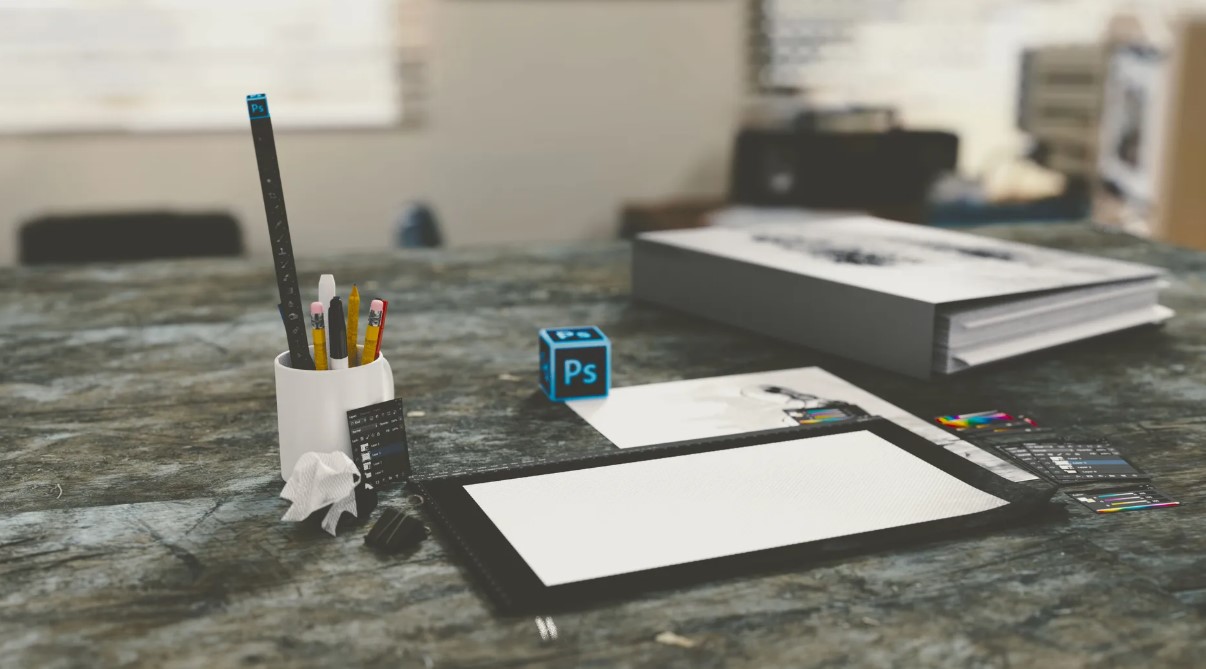
Changing the orientation of an image may be necessary when editing in Photoshop. There are different ways on how to rotate an image in Photoshop. There are straightforward ways to rotate an image, while there are other clever tricks to do the same. Here are a few tips and tricks on how to rotate an image in Photoshop:
Easy: Image Rotation Option
This may be the simplest and most straight forward manner of flipping an image in Photoshop. The Image Rotation command rotates the entire image in precise angles either clockwise or counterclockwise. Options include ‘Flip Vertical’, ‘Flip Horizontal’, Rotate 90deg Counterclockwise, Rotate 180deg, and Rotate 90deg Clockwise. Here are the steps:
- Go to the Options Bar and Choose Image
- Choose the Image Rotation Option
- Choose from the different rotate options (see description above)
- Click OK.
NOTE: There is an ‘Arbitrary’ rotate option here where the image is allowed to be rotated in varying angles between 360deg to -360deg.

Edit images using Photoshop. Image Source: PickPik
Moderate: Crop Tool to Rotate Images
Other rotation options allow for the flipping of images as a whole. There is another option of rotating the image but only in parts. This is through the use of the Crop Tool and here are the steps:
- Select the Crop Icon on the ToolBar. This will show an editable ‘Crop Border’ on the image.
- Click outside of the Crop Border until the cursor changes to the rotate icon. This rotate icon looks like a semi-circle with arrows on each end.
- Click and hold the mouse while dragging the image to the desired direction of rotation. Do so until the desired orientation is reached.
- Press enter to finalize the rotation of the image.
Sometimes, the rotation of an image is too much and a slight re-orientation of an image is enough. This could be done either by the Straighten Tool or the Ruler Tool. Both options are under the crop option. Here are the steps:
- Straighten Tool: After clicking the Crop Option on the ToolBar, click on the ‘Straighten Tool’ on the Options Bar. A keyboard shortcut would be to press the CTRL key (Windows) or the COMMAND key (Mac), when the Crop option is active. This will allow the ‘straightening’ or re-orientation of the image with the basis of either a horizontal or vertical line.
- Choose either a horizontal or vertical line by simply drawing through the image.
- Once the mouse is released, the photo will reorient itself based on the drawn line.
Advanced: How to Rotate an Image in Photoshop Transform tool
Rotating images usually entail the movement of the entire photo. However, there are options that allow the possibility of rotating objects within an image. This is done through the Transform Tool. This particular command allows for editing only specific objects within an image. More than the rotation, it allows scaling, warping, skewing, and even distorting an object. Here is how to use the ‘Transform Tool’ in rotating an object within an image:
- The first step is to select an object desired to be transformed. It could be a layer, a shape, or more.
- Once an object or a part of the image is selected, a ‘Transformation boundary’ will appear. This is a box containing the part of the image or object that was selected.
- Choose a reference point by clicking on any area or location (within or outside the object). The reference point icon looks like a reticle.
- Choose Edit from the Menu Bar then select Transform. Choose a Transformation Command. In this case, choose Rotate.
- Outside the Transformation Boundary, the mouse pointer will become a semi-circle with arrows on either end. Click the mouse then drag to the desired orientation or direction of rotation.
- To control the rotation by increments of 15 degrees, press shift while dragging the mouse.
Tips to Remember on How to Rotate an Image in Photoshop
Pro-tip #1: Rotate View Vs. Rotate Image
It is important to remember that any precise rotations of images change the pixel makeup of a photo. One precise rotation of the IMAGE will rearrange the pixel sizes. This means that the image will be slightly less sharp than its original version. Even if the image is rotated back to its original orientation, it will not go back to its original pixelation.
Because of this, a better option would be to ROTATE VIEW of the image. This means that the image’s orientation will be rotated without damaging the pixel sizes.
Pro-tip #2: Rotating with a reference point
Out of all the rotation options, the Transform tool may be the only option that allows rotation where a reference point is arbitrary and is set by the user. This allows rotation from the center of the image, within the image, or outside of the image. This is great for small objects or design elements within an image.
Also Read: Photoshop Basics: How to Undo in Photoshop
Author: Sangalang Kristine
Civil Engineer by profession, Writer by passion. Serving readers since 2014 on different niches like Science, Current Events, Tech, and Travel.